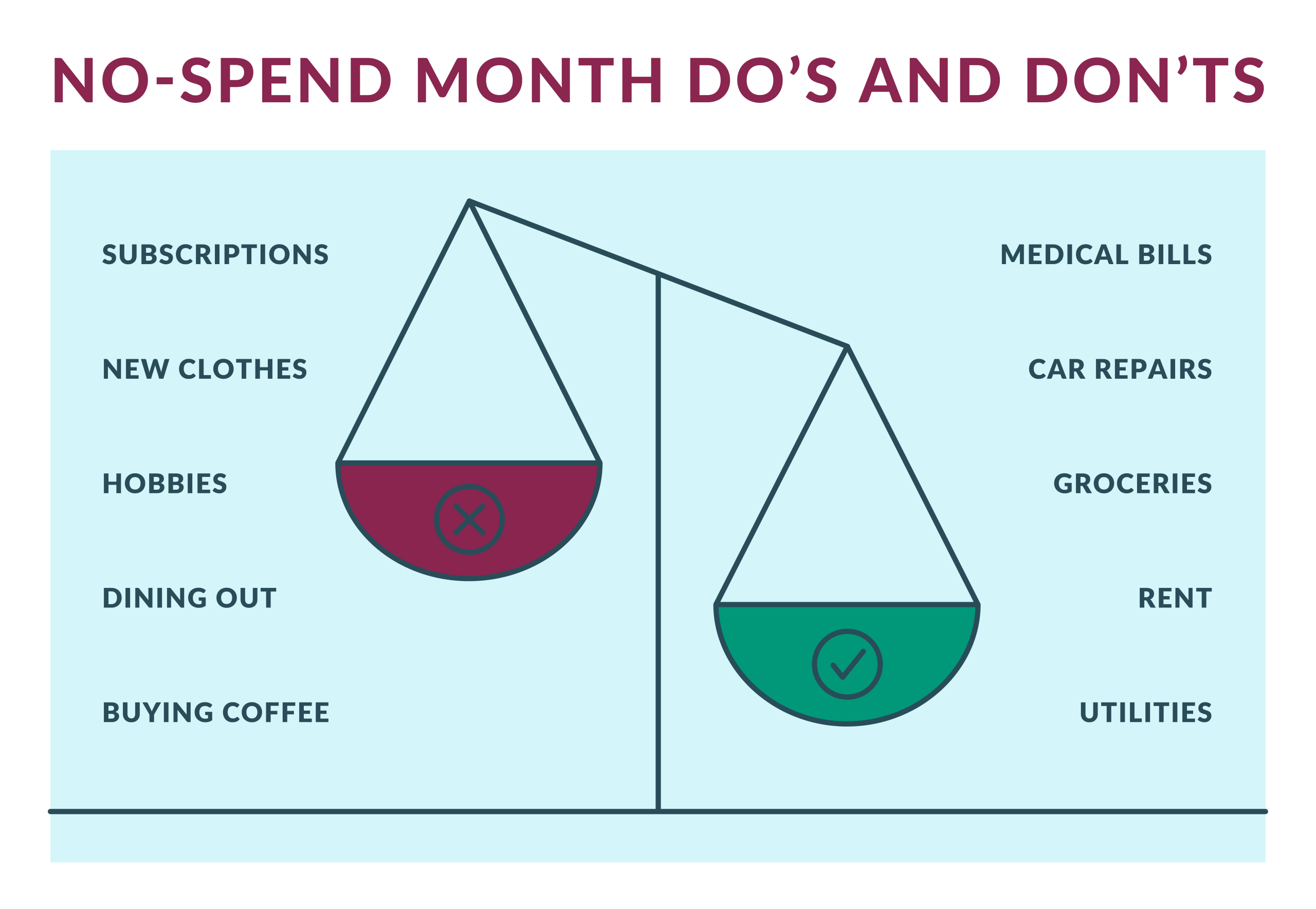Anúncios
Have you ever heard of mortgage amortization? Buying a home is one of the most significant financial decisions many people make in their lifetime.
While the process of securing a mortgage may seem complex, understanding key concepts like mortgage amortization can help you plan your finances effectively and save money over the long term.
This content breaks down everything you need to know about mortgage amortization, from how it works to how you can use it to your advantage.
What is Mortgage Amortization?
Mortgage amortization is the structured process by which a home loan is paid off over time through regular, scheduled payments.
It is a system designed to ensure that the loan is fully repaid by the end of the agreed-upon term, typically 15, 20, or 30 years.
Each payment is divided into two parts:
- Principal: The amount borrowed to purchase the home.
- Interest: The cost of borrowing money, charged by the lender.
In the early years of your mortgage, most of your payment goes toward interest, while a smaller portion is applied to the principal.
Over time, this shifts, with more of each payment reducing the principal. This gradual reduction of the loan balance is what defines amortization.
Mortgage amortization is the foundation of how home loans are structured. It’s a predictable and systematic way to ensure homeownership becomes a reality for millions of people.
Understanding this process can help you make better decisions, save money, and take control of your financial future.
Amortization with Fixed-Rate Mortgages
Fixed-rate mortgages are among the most popular loan options in the U.S.
- How it works: With a fixed-rate mortgage, your interest rate stays the same for the entire term of the loan. This means your monthly payment amount remains consistent, making it easier to budget.
Because the interest rate doesn’t change, the distribution of interest and principal in each payment is predictable. Borrowers can clearly see the long-term impact of each payment on their loan balance.
For example, if you have a $200,000 loan at a 4% fixed interest rate over 30 years, your monthly payment will remain constant.
However, early payments will be heavily weighted toward interest, while later payments will pay down more of the principal.
Amortization with Adjustable-Rate Mortgages (ARMs)
Adjustable-rate mortgages (ARMs) operate differently.
- How it works: ARMs start with a fixed interest rate for an initial period (e.g., 5, 7, or 10 years) and then adjust periodically based on market conditions.
When the interest rate adjusts, your monthly payment can increase or decrease, which affects how quickly you pay down the principal.
ARMs can be attractive for borrowers who plan to sell or refinance before the adjustment period begins, but they carry the risk of higher payments if interest rates rise.
What is a Mortgage Amortization Calculator For?
A mortgage amortization calculator is a powerful tool for homeowners and prospective buyers.
It allows users to estimate monthly payments, break down the proportion of interest and principal, and visualize the total cost of the loan over time.
You can use the calculator to compare loan terms, evaluate the impact of making extra payments, or understand the financial benefits of refinancing.
For example, by inputting your loan amount, interest rate, and term, you can see how much of your payment goes toward interest versus principal in any given month.
How Do Extra Payments Affect Your Monthly Payment?
Making extra payments on your mortgage can have a powerful and positive impact on the overall cost of your loan and the time it takes to pay it off.
These payments, whether made occasionally or on a regular basis, are typically applied directly to the principal balance, which is the amount you originally borrowed.
By reducing the principal faster, you also reduce the total amount of interest you’ll pay over the life of the loan, as interest is calculated on the remaining loan balance.
Reducing the Principal Balance
When you make an extra payment, it is applied directly to the principal unless specified otherwise by the lender.
This immediate reduction in the loan balance decreases the amount on which future interest is calculated.
Since interest charges are typically front-loaded in the early years of the loan, extra payments during this period can have an outsized impact on reducing overall costs.
For example, if you make a single extra payment of $5,000 early in a 30-year mortgage, you could save thousands of dollars in interest because you’re paying down the balance when interest payments are highest.
Accelerating the Payoff Timeline
By consistently making extra payments, you can significantly shorten the term of your loan.
For instance, adding $100 to your monthly payment on a $250,000 mortgage with a 4% interest rate and a 30-year term could result in paying off your loan 4–5 years earlier.
This not only saves you years of financial commitment but also eliminates tens of thousands of dollars in interest payments.
What is a Mortgage Amortization Schedule?
An amortization schedule is a table that outlines every payment over the term of the loan.
- Details included: Each row in the schedule shows the payment amount, the portion going to interest, the portion going to principal, and the remaining loan balance.
- Transparency: This tool allows borrowers to see how their payments progress over time, offering a clear picture of how their loan balance decreases.
Understanding your amortization schedule can also help you plan for milestones, like when you’ll reach 20% equity to cancel private mortgage insurance (PMI).
Can You Pay Off a Mortgage Ahead of Schedule?
Yes, it is possible to pay off your mortgage early, and doing so can save you money on interest.
- Benefits: Early payoff reduces the overall cost of the loan and allows you to achieve financial freedom sooner.
Since interest is calculated based on your remaining loan balance, reducing the principal sooner means less interest accumulates over time.
For instance, on a $300,000 mortgage at a 4% interest rate with a 30-year term, paying off the loan just five years early could save you tens of thousands of dollars in interest.
Additionally, eliminating your mortgage payments frees up a significant portion of your monthly income, giving you greater financial flexibility.
With no mortgage, you can allocate funds toward other priorities, such as retirement savings, investments, or enjoying a higher quality of life.
- Considerations: Check for prepayment penalties in your loan agreement. Some lenders charge fees if you pay off your mortgage too early.
Before committing extra funds to your mortgage, consider other financial priorities. Could those funds earn a higher return through investments?
For example, if your mortgage rate is 3% but your investment portfolio averages a 7% return, investing might be the better option.
Paying off your mortgage early ties up cash in your home, which can be difficult to access without selling or refinancing. Ensure you maintain an emergency fund and enough liquidity for other financial needs.
If your financial situation allows, you might consider strategies like biweekly payments or lump-sum contributions to pay down your mortgage faster.
How Does Refinancing Affect Mortgage Amortization?
Refinancing involves replacing your existing mortgage with a new loan, often to secure a lower interest rate or change the loan term.
- Impact on amortization: Refinancing resets your amortization schedule. While this can lower monthly payments, it may extend the time it takes to pay off your loan if you choose a longer term.
- Potential benefits: Lower interest rates reduce the total cost of the loan, and shorter terms can accelerate repayment.
Before refinancing, consider the costs involved, such as closing fees, and weigh them against the potential savings.
Did you like the content? Understanding mortgage amortization is essential for any homebuyer.
By knowing how your payments are structured and using tools like calculators and amortization schedules, you can make informed decisions that save you money and help you reach your financial goals.
Whether you’re considering extra payments, paying off your mortgage early, or refinancing, having a clear grasp of amortization empowers you to take control of your financial future.
Take advantage and also read our text on how to compare mortgage rates.






